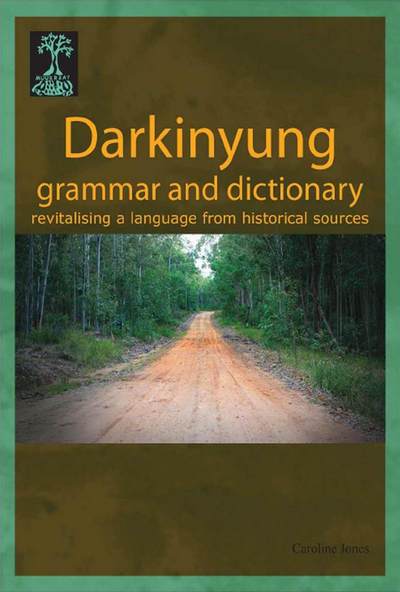Today’s Honours list [.pdf] gives Indigenous Australians something to celebrate – Mick Dodson as Australian of the Year and the award of a Companion of the Order of Australia to Faith Bandler.
And for Indigenous languages, there are two awards of Members in the General Division of the Order of Australia to celebrate:
1. the late Dr R. Marika, “For service to Indigenous communities in rural and remote areas as an educator, linguist and scholar, through the preservation of Indigenous languages and the promotion of reconciliation and cross-cultural understanding”
2. the Reverend Dr Bill Edwards, who has worked for over 50 years with Pitjantjatjara people, learning the language, helping with documentation, with schooling, who pioneered the teaching of Indigenous languages at university, and who still helps out as an interpreter in hospitals and gaols.
Both awards come in the shadow of a government decision which goes against what both Bill and Dr Marika have fought for. Bill has protested about the NT Government’s decision to close bilingual education in a letter to the Australian.
Dr Marika died before the decision was made. But in her 1998 Wentworth Lecture [.rtf], we can see what she would have said about the destruction of her hopes for two-way education.
Wunderkammer
Over at the Project for Free Electronic Dictionaries, we’ve finally got the first version of Wunderkammer, our software for displaying multimedia electronic dictionaries on mobile phones, ready for release. We’ve also developed the application wkimport, which allows electronic dictionaries in a variety of formats to be imported relatively painlessly into Wunderkammer. The packages for importing … Read more
 Follow
Follow
